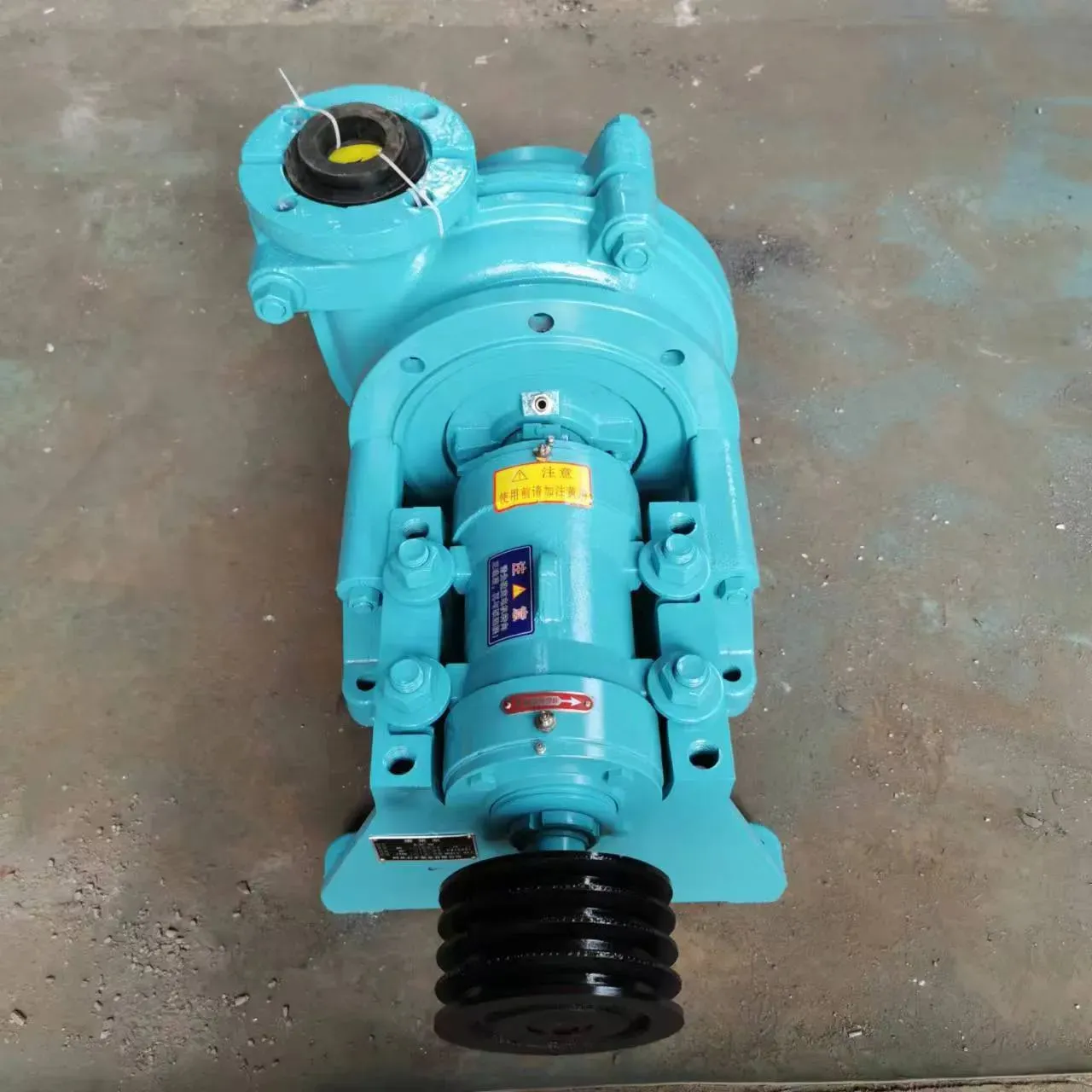English
- Afrikaans
- Albanian
- Amharic
- Arabic
- Armenian
- Azerbaijani
- Basque
- Belarusian
- Bengali
- Bosnian
- Bulgarian
- Catalan
- Cebuano
- Corsican
- Croatian
- Czech
- Danish
- Dutch
- English
- Esperanto
- Estonian
- Finnish
- French
- Frisian
- Galician
- Georgian
- German
- Greek
- Gujarati
- Haitian Creole
- hausa
- hawaiian
- Hebrew
- Hindi
- Miao
- Hungarian
- Icelandic
- igbo
- Indonesian
- irish
- Italian
- Japanese
- Javanese
- Kannada
- kazakh
- Khmer
- Rwandese
- Korean
- Kurdish
- Kyrgyz
- Lao
- Latin
- Latvian
- Lithuanian
- Luxembourgish
- Macedonian
- Malgashi
- Malay
- Malayalam
- Maltese
- Maori
- Marathi
- Mongolian
- Myanmar
- Nepali
- Norwegian
- Norwegian
- Occitan
- Pashto
- Persian
- Polish
- Portuguese
- Punjabi
- Romanian
- Russian
- Samoan
- Scottish Gaelic
- Serbian
- Sesotho
- Shona
- Sindhi
- Sinhala
- Slovak
- Slovenian
- Somali
- Spanish
- Sundanese
- Swahili
- Swedish
- Tagalog
- Tajik
- Tamil
- Tatar
- Telugu
- Thai
- Turkish
- Turkmen
- Ukrainian
- Urdu
- Uighur
- Uzbek
- Vietnamese
- Welsh
- Bantu
- Yiddish
- Yoruba
- Zulu
Telephone: +86 13120555503
Email: frank@cypump.com
Sep . 21, 2024 16:23 Back to list
sewage and effluent pumps
Understanding Sewage and Effluent Pumps
Sewage and effluent pumps play a crucial role in wastewater management systems, ensuring the systematic removal of wastewater and preventing environmental contamination. These pumps are specifically designed to handle the transport of sewage, which includes not only liquid waste but also solid materials found in sewage systems. While both types of pumps serve to manage wastewater, they operate under different scenarios and specifications.
Sewage pumps are often used in residential and commercial settings where waste needs to be pumped uphill or to a treatment plant. They are typically submersible and can handle solids up to a certain size, making them ideal for lifting raw sewage from lower to higher elevation points. These pumps usually feature a larger impeller and robust construction to manage the rigorous demands of handling solids and debris commonly found in sewage.
On the other hand, effluent pumps are used to move treated wastewater—known as effluent—away from treatment systems or to distribute it for irrigation or drainage purposes. Unlike sewage pumps, effluent pumps are designed to handle smaller solid particles, generally up to 2 inches in diameter. They are typically employed in applications where sewage has already undergone preliminary treatment, making them suitable for applications like septic systems and leach fields.
sewage and effluent pumps

The choice between sewage and effluent pumps significantly influences the efficiency and reliability of wastewater management systems. Selecting the right pump for a specific application depends on various factors including the type of waste being handled, the required flow rate, lift height, and the overall layout of the plumbing system. It is essential to assess these parameters to ensure that the chosen pump is capable of meeting the demands of the system without frequent breakdowns.
In recent years, technological advancements have led to the development of more efficient and durable sewage and effluent pumps. Many models now incorporate features such as automatic controls, level sensors, and energy-efficient motors. These innovations not only improve the performance of pumps but also reduce operational costs and environmental impact.
Regular maintenance, including routine inspections and cleaning, is vital for ensuring the longevity and optimal performance of sewage and effluent pumps. Wear and tear on components like impellers and seals can lead to failures, which may cause overflows or backups that can be disastrous for both public health and the environment.
In conclusion, understanding the differences and applications of sewage and effluent pumps is essential for effective wastewater management. Making informed decisions about pump selection and maintenance can greatly enhance the efficiency and reliability of these critical systems.
-
ISG Series Vertical Pipeline Pump - Chi Yuan Pumps | Advanced Engineering&Industrial Efficiency
NewsJul.30,2025
-
ISG Series Pipeline Pump - Chi Yuan Pumps | High Efficiency, Energy Saving
NewsJul.30,2025
-
ISG Series Vertical Pipeline Pump-Chi Yuan Pumps|High Efficiency&Reliable Performance
NewsJul.29,2025
-
ISG Series Vertical Pipeline Pump|High Efficiency&Low Noise
NewsJul.29,2025
-
ISG Series Vertical Pipeline Pump - Chi Yuan Pumps Co., LTD.|High Efficiency, Energy Conservation, Low Noise
NewsJul.29,2025
-
ISG Series Vertical Pipeline Pump-Chi Yuan Pumps Co., LTD.|High Efficiency&Energy-Saving
NewsJul.29,2025










